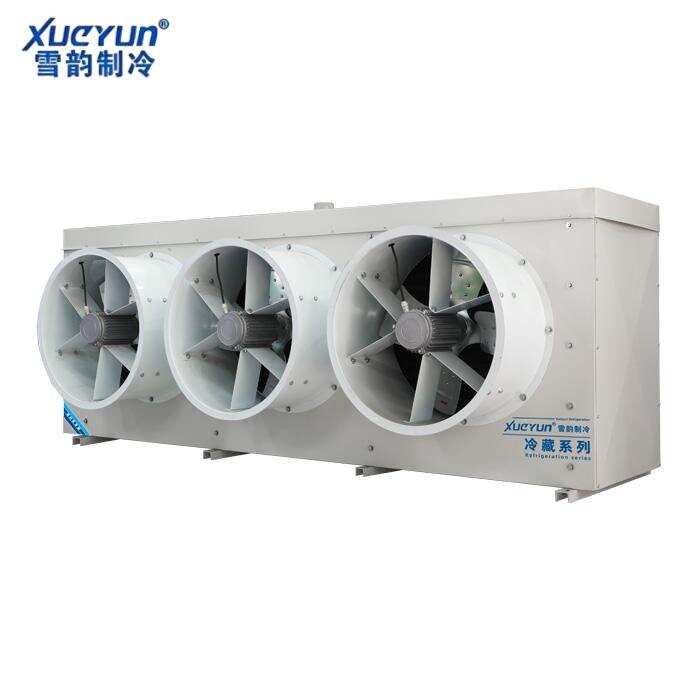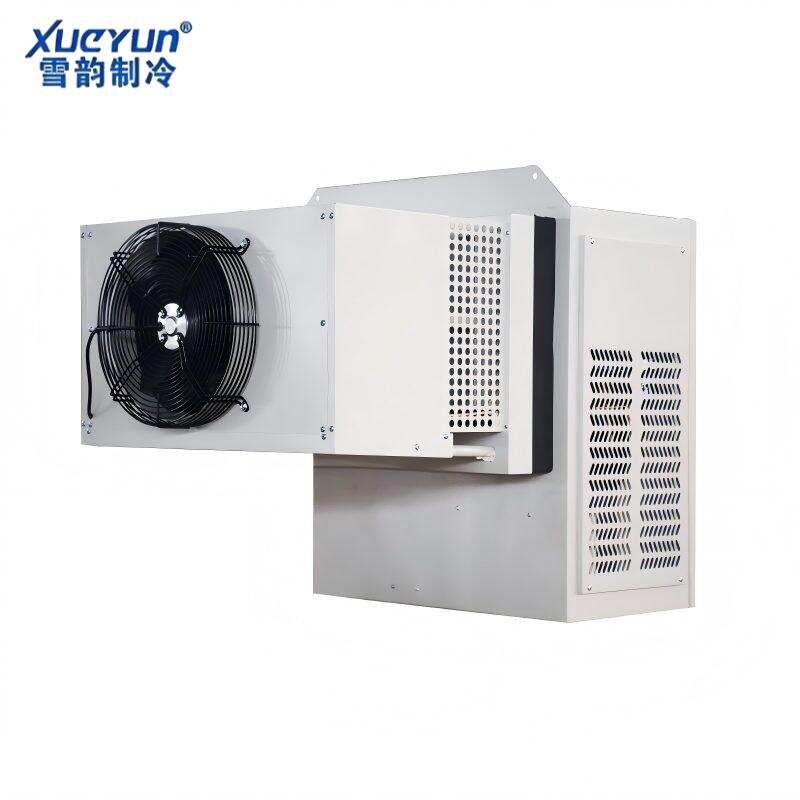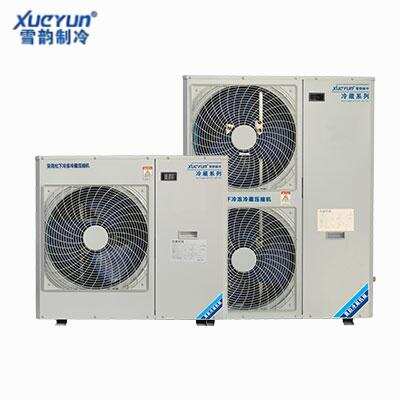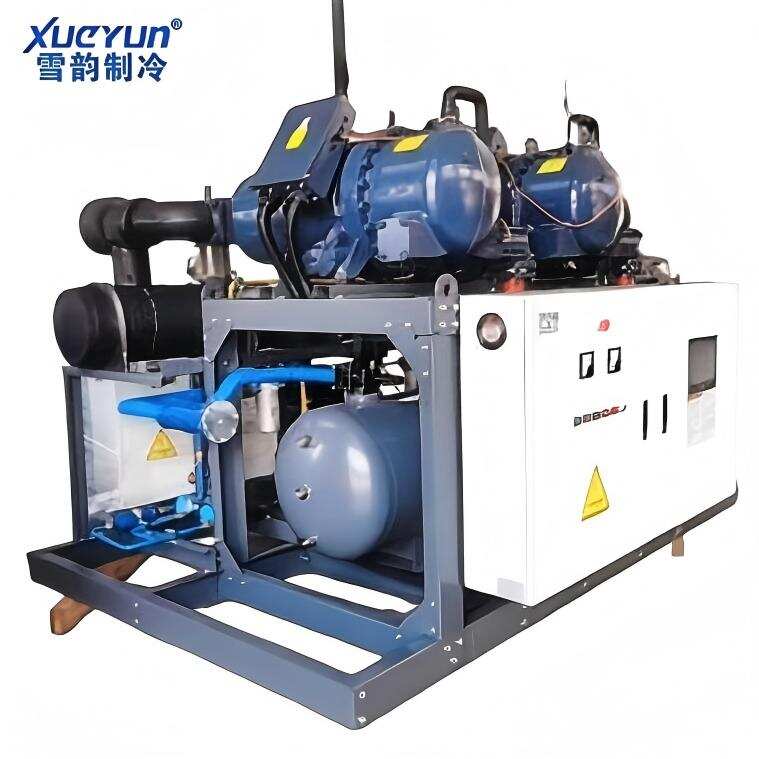
Top Products
 12.30, 2024
12.30, 2024
The cold storage system is one of the most prevalent forms in the refrigeration industry, and there are various forms of cold storage systems. In terms of the classification of cold storages, let's explore the three most common classification modalities
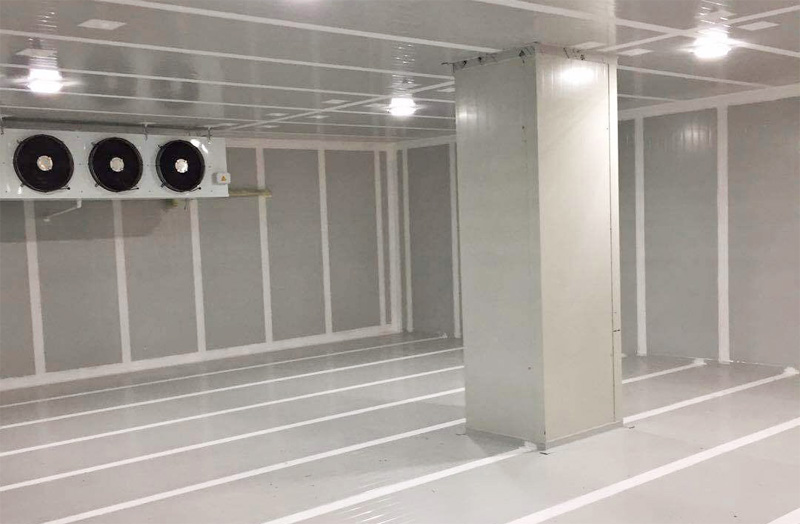
Common Classifications of Cold Storages
1. According to the capacity magnitude of the cold storage, it can be categorized as follows:
a. Large-scale cold storage: The nominal volume exceeds 20,000 m³. In professional terms, this type of cold storage is often designed with advanced refrigeration units and elaborate insulation materials to ensure efficient cooling and temperature maintenance for large quantities of stored goods.
b. Medium-sized cold storage: The nominal volume falls within the range of 5,000 m³ to 20,000 m³. It usually features a relatively balanced combination of refrigeration capacity and storage space, suitable for handling a moderate amount of products.
c. Small-sized cold storage: The nominal volume is less than 5,000 m³. This kind is often favored by small businesses or for specific local storage needs, with a more compact and cost-effective design.
2. Based on the designed temperature, it can be classified into:
a. High-temperature cold storage (also known as a constant temperature warehouse): The designed temperature is maintained at 5 - 15 °C.
b. Medium-temperature cold storage: With a designed temperature range of 5 - (-5) °C, it is suitable for a wider variety of perishable goods like dairy products and some processed meats.
c. Low-temperature cold storage (or freezing warehouse): The designed temperature is set at -18 - (-25) °C. This is the typical temperature range for freezing and storing frozen foods, ice cream, and other products that need to be kept at a consistently low temperature to prevent bacterial growth and maintain texture and flavor.
d. Ultra-low-temperature cold storage (deep freezing facility): The designed temperature ranges from -45 - (-60) °C. This extreme temperature environment is required for storing specialized items like certain biological samples, high-quality seafood, and some advanced medical products.
e. Quick-freezing storage: Having a designed temperature of -35 - (-40) °C, it is specifically designed to rapidly freeze products, minimizing the formation of ice crystals and preserving the cellular structure and nutritional value of the items.
f. Fresh-keeping storage (controlled atmosphere storage): The designed temperature is 5 - (-2) °C. In addition to temperature control, this type of cold storage also modulates the gas composition (such as adjusting the levels of oxygen, carbon dioxide, and nitrogen) within the storage chamber to slow down the respiration rate of fruits and vegetables, thereby extending their shelf life and maintaining their freshness and quality.
3. According to the type of refrigerant:
a. Ammonia cold storage: A cold storage in which the refrigeration system employs ammonia as the refrigerant.
b. Freon cold storage: A cold storage whose refrigeration system utilizes Freon as the refrigerant.



